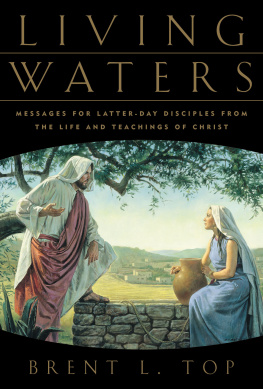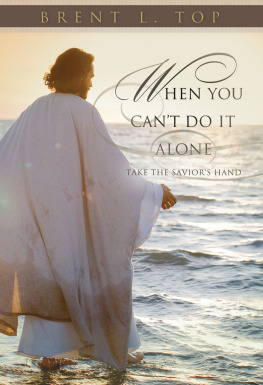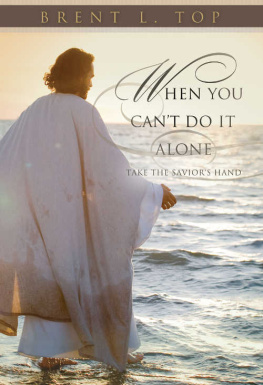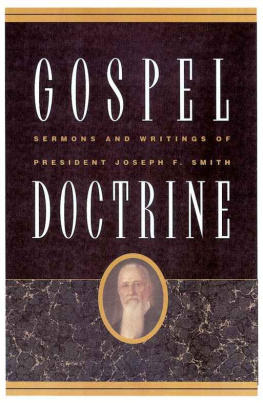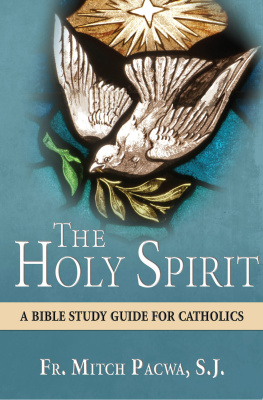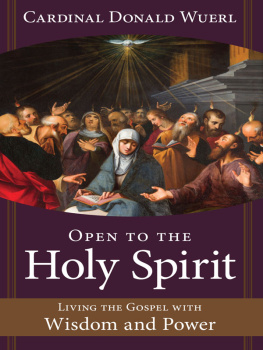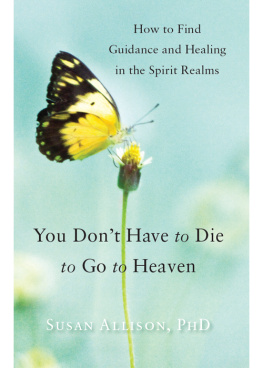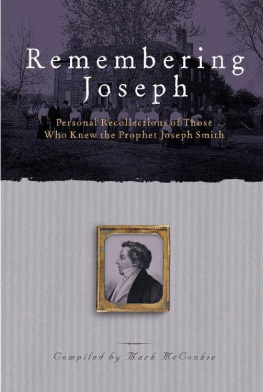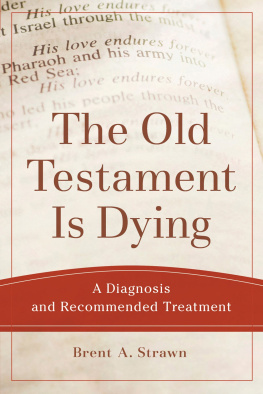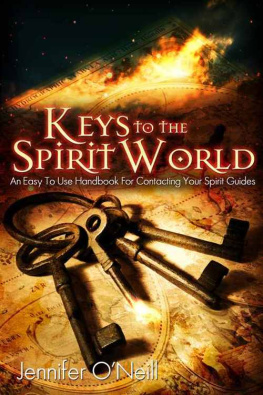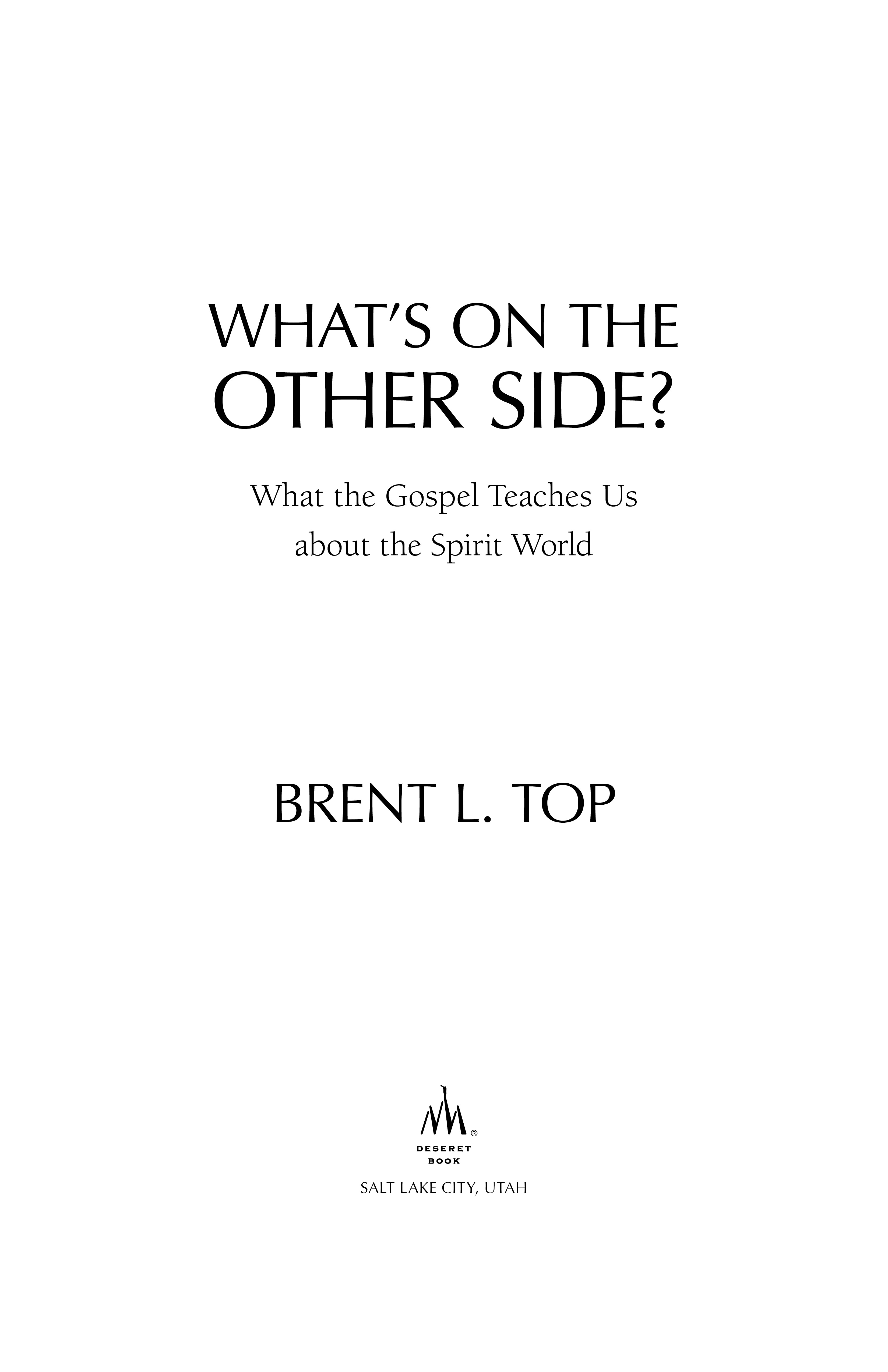2012 Brent L. Top.
All rights reserved. No part of this book may be reproduced in any form or by any means without permission in writing from the publisher, Deseret Book Company, P.O. Box 30178, Salt Lake City Utah 30178. This work is not an official publication of The Church of Jesus Christ of Latter-day Saints. The views expressed herein are the responsibility of the author and do not necessarily represent the position of the Church or of Deseret Book. Deseret Book is a registered trademark of Deseret Book Company.
Library of Congress Cataloging-in-Publication Data
Top, Brent L., author.
Whats on the other side? : what the gospel teaches us about the spirit world / Brent L. Top.
pages cm.
Includes bibliographical references and index.
ISBN 978-1-60907-046-5 (hardbound : alk. paper)
1. Future lifeThe Church of Jesus Christ of Latter-day Saints. 2. The Church of Jesus Christ of Latter-day SaintsDoctrines. I. Title.
BX8643.F87T67 2012
236.2dc232012003640
Printed in the United States of America
Publishers Printing, Salt Lake City, UT
10 9 8 7 6 5 4 3 2 1
What is this thing that men call death,
This quiet passing in the night?
Tis not the end, but genesis
Of better worlds and greater light.
O God, touch Thou my aching heart,
And calm my troubled, haunting fears.
Let hope and faith, transcendent, pure,
Give strength and peace beyond my tears.
There is no death, but only change
With recompense for victory won;
The gift of Him who loved all men,
The Son of God, the Holy One.
President Gordon B. Hinckley
Preface
This book is the result of nearly three decades of reading, research, and reflection. I am fascinated with death but not in a morbid or macabre way. I have read every book that I could get my hands on about the subject and am glued to the television whenever there are programs about someones near-death experience. I am intrigued by the many accounts of people, both Latter-day Saints and those not of our faith, who have been privileged in some manner to glimpse beyond the veil. Death and the notion of life after death are fascinating to me. This fascination, however, does not come because inquiring minds want to know or out of some desire for the sensational.
Rather, I am drawn to the doctrine, first and foremostwhat the scriptures and prophets teach about death and the spirit world. I look at accounts of near-death experiences within that doctrinal framework. Someones experience with the spirit world may be interesting, but knowledge of the doctrine of the plan of salvation is imperative. The doctrine found in the standard works and the teaching of latter-day prophets, seers, and revelators informs us, comforts us, and protects us from deception.
Nearly twenty years ago my wife, Wendy, and I published a book entitled Beyond Deaths Door; a more recent edition was published as Glimpses beyond Deaths Door. Our extensive research in preparing that book introduced us to hundreds of accounts of near-death experiences and descriptions of spirit world encounters by Latter-day Saints and by those not of our faith. The more we studied all of these experiences in light of the teachings of the restored gospel, the more convinced we became that Latter-day Saints should keenly understand we do not have a corner on the market when it comes to truth and inspiration. God loves all His children, not just the Latter-day Saints. He answers the prayers of everyone and gives understanding as well. We believe there is a spiritual influence that emanates from the presence of God to fill the immensity of space (D&C 88:12). As President Howard W. Hunter stated: All men share an inheritance of divine light. God operates among his children in all nations, and those who seek God are entitled to further light and knowledge, regardless of their race, nationality, or cultural traditions.
The First Presidency declared in an official statement issued February 15, 1978: The great religious leaders of the world such as Mohammed, Confucius, and the Reformers, as well as philosophers including Socrates, Plato, and others, received a portion of Gods light. Moral truths were given to them by God to enlighten whole nations and to bring a higher level of understanding to individuals. The First Presidency went on to say, Consistent with these truths, we believe that God has given and will give to all peoples sufficient knowledge to help them on their way to eternal salvation, either in this life or in the life to come.
The doctrines of the Restoration and the enlightenment of the Holy Spirit help us glean truth from many sources. Mormonism, President Brigham Young declared, embraces every principle pertaining to life and salvation, for time and eternity. No matter who has it. If the infidel has got truth it belongs to Mormonism. The truth and sound doctrine possessed by the sectarian world, and they have a great deal, all belong to this Church.... All that is good, lovely, and praiseworthy belongs to this Church and Kingdom. Mormonism includes all truth. We see this principle manifest in many teachings but particularly with regard to those concerning death and the spirit world. Understanding our own teachings and doctrines on the matter can often be enhanced by the experiences of those of our faith and those not of our faith who have had their own glimpses beyond the veil.
One such individual is Emanuel Swedenborg, an eighteenth-century Swedish scientist, engineer, and religious philosopher who was also a faithful, Bible-believing Christian. He claimed to have been allowed to visit what we would call the spirit world (he called it heaven and hell) on a frequent and prolonged basis. He described what he saw and learned from these experiences in his classic work, Heaven and Hell, which was first published in Latin in 1758 and in English in 1812. Ralph Waldo Emerson characterized Swedenborg as one of the brightest minds in human historyOne of the... mastodons of literature who is not to be measured by whole colleges of ordinary scholars. Despite his incredible intellect and inspiration, Swedenborg was at a disadvantage in describing what he had seen beyond the veil. He, and others like him who have been blessed with spiritual experiences and visions of eternity, are somewhat limited in their understanding and explanations because they do not possess an understanding and testimony of the gospel of Jesus Christ restored through the Prophet Joseph Smith in this dispensation. As we read their various accounts and descriptions of the spirit world, it is important to keep in mind that the standard works and modern prophets and apostles declare doctrine and provide us the means whereby we can discern truth. In this book, I seek to teach the doctrine from those authoritative sources and use the accounts of others merely to shed some interesting light on the revealed doctrine of death and the spirit world.
When the Prophet Joseph Smith was engaged in the work of translating the Bible, he asked the Lord whether he should translate the Apocrypha. The Lords response, as found in Doctrine and Covenants 91, gives us some important guidelines as to how to view sources that are outside the established canon or official doctrines of the Church. We can benefit from such apocryphal sources if we recognize that there are many things contained therein that are true and there are many things contained therein that are not true, which are interpolations by the hands of men (vv. 12). As a result, whoso readeth it, let him understand, for the Spirit manifesteth truth; and whoso is enlightened by the Spirit shall obtain benefit therefrom; and whoso receiveth not by the Spirit, cannot be benefited (vv. 46).



